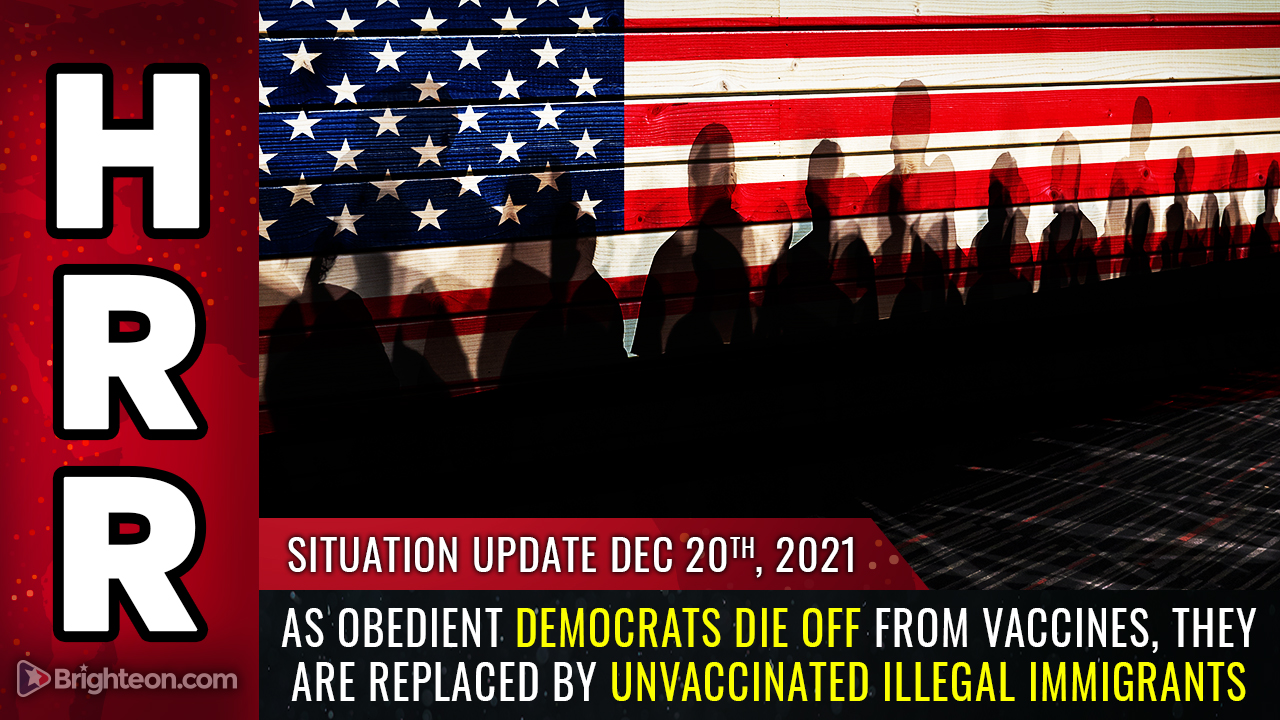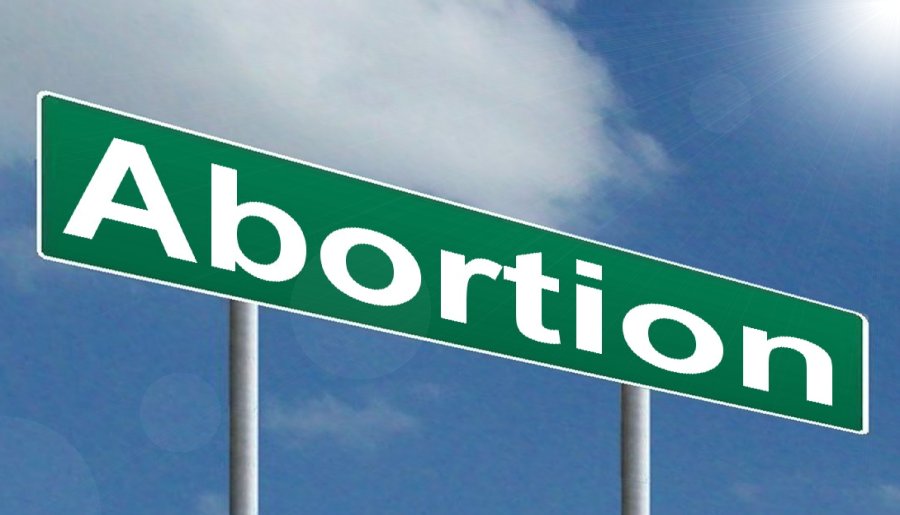Rising ocean shipping costs may trigger accelerating inflation across nearly all products
10/29/2021 / By Matthew Davis

Higher container shipping costs may cause inflation for U.S. consumers as images of anchored container vessels stretching to the horizon, supply chain chaos and emptying store shelves dominate the headlines.
Like the media spotlight given to the so-called norovirus that happened before the Wuhan coronavirus (COVID-19), container shipping is drawing lots of attention because of data visibility – numbers that go along with the pictures.
Cruise lines were the only entities required to report norovirus cases and the Centers for Disease Control and Prevention (CDC) publicly posted the tally. Norovirus was coined by the media after thousands of cruise passengers fell ill although most of them didn’t get infected on cruises.
The COVID-19 era has been a gold mine for carriers, who are reporting the highest profits in the history of container shipping. Ocean carriers are on track to make $150 billion this year and another $150 billion in 2022, according to independent maritime research consultancy Drewry.
“An important point to stress – particularly now as the mainstream media seem to be latching onto the story more – is that human nature demands a scapegoat,” said Simon Heaney, Drewry’s senior manager of container research during a presentation last week.
“I think it’s natural with the profits the carriers are reporting that most of the ire has been thrown their way, particularly by BCOs [beneficial cargo owners],” Heaney added. He said carriers are not to be blamed for the congestion and it’s not their fault that ports keep them waiting and sailing schedules are in disarray. (Related: Biden is not doing anything to resolve the supply chain crisis.)
Heaney pointed out other issues such as fewer truck drivers and lower amounts of warehousing space that contribute to the situation, which were not caused by a single sector and no single group can fix alone.
Jason Miller, associate professor of supply chain management at Michigan State University‘s Eli Broad College of Business, said that current inflationary pressures are driven by commodity prices – not ocean rates. “The problem now is that the visibility of this [ocean shipping congestion] is attracting people to it as an explanation for inflation, and to me, assigning inflation to this doesn’t make sense.”
Miller also noted that people love blaming things on other factors. He called the spotlight on ocean rates a classic case of “I want to be able to attribute this to another entity because it makes me feel less to blame.”
OECD: Shipping costs could boost inflation
The Organization for Economic Co-operation and Development (OECD) noted that shipping costs could boost inflation. “The empirical approach to answer this question: first, quantifying the pass-through of shipping costs to merchandise import price inflation, and second, assessing the transmission of import price inflation to consumer price inflation.”
The evidence for import price inflation: Both ocean shipping contract and spot rates have risen sharply. Data provider Xeneta estimates that Asia-West Coast contract rates have doubled year-on-year, to $4,000-$4,500 per forty-foot equivalent unit.
According to the Freightos Baltic Daily Index, spot rates in that lane are at around $16,100 per forty-foot equivalent unit (FEU) – more than four times the spot rates at this time last year. How that translates into import price inflation hinges on what’s in the container and who the importer is. If the box is full of bulky sofas and shipped at spot rates, the effect may be huge; if it’s full of iPads or high-margin designer shirts and moving at a contract rate, it’s not.
Quarterly calls are clearly making the connection between supply chain costs and higher consumer prices.
Procter & Gamble executives predicted $2.1 billion in incremental commodity costs in the current fiscal year (which started in July), plus $200 million in incremental freight costs, which will be partially “offset with price increases.” Crocs executives cited “higher global logistics costs” and conceded that they “definitely have product on ships outside of Long Beach.”
The company is diversifying cargoes toward Northwest and East Coast ports and plans to spend $75 million on airfreight next year, up from $8 million to $10 million this year. To compensate for higher costs, execs confirmed that Crocs will pull back on promotions and increase prices.
Inflation watchers to keep an eye on ocean shipping
Smaller importers paying spot rates noted that ocean shipping costs are a major source of import price inflation. To the extent shipping costs can be passed on, they would drive consumer price inflation for those particular imports.
“I don’t know how you can pay $20,000 to move an FEU from Southern China to North America and that cost doesn’t get reflected somewhere,” said Harvard Business School professor Willy Shih during a recent talk hosted by investment bank Evercore ISI. “We’re going to see price increases.”
But looking at inflation countrywide – inflation with a big “I” – the linkage with ocean shipping remains under debate.
First, most import volume is shipped by larger players like Wal-Mart that pay far less than $20,000 per FEU. Second, while ocean shipping is the most heavily featured aspect of the supply chain crunch in the media, it’s just one facet of the broader transportation and storage chain, which also includes trucking and warehousing. Third, commodity inflation may play a larger role in consumer price rises than supply chain issues, as argued by Miller. And fourth, demand may play a much larger role than supply costs.
Even so, it’s a safe bet that inflation watchers will keep a sharp eye on ocean shipping, if not as a price driver then as a bellwether of what happens next. The rise in trans-Pacific spot rates and the number of ships at anchor off Los Angeles and Long Beach did coincide with rising consumer price inflation. The same correlation could hold on the way down.
“At some point port congestion will go away,” said Stifel analyst Ben Nolan. “At the moment, nothing is normal, and it does not seem to be normalizing, so 2022 looks like it will still be chaotic. Inflation here we come.” (Related: West Coast ports logjammed with about 60 container ships still waiting to dock; supply lines continue to suffer disruptions.)
Follow Bubble.news for more news about economic collapse.
Sources include:
Tagged Under: big government, bubble, chaos, Collapse, inflation, national security, pandemic, ports congestion, price increases, products, risk, shipping, supply chain, supply chain crisis, trucking, warehousing
RECENT NEWS & ARTICLES
Pandemic.News is a fact-based public education website published by Pandemic News Features, LLC.
All content copyright © 2018 by Pandemic News Features, LLC.
Contact Us with Tips or Corrections
All trademarks, registered trademarks and servicemarks mentioned on this site are the property of their respective owners.





















